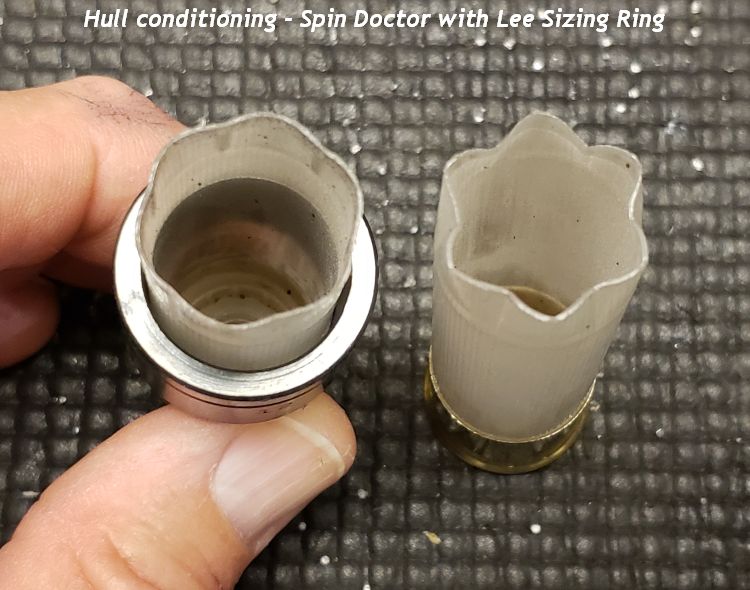While I wait for some instructions on the crimp die setup from MEC, I've been working with the other side of the press. The instructions I do have with the Slugger say not to use more than 20 lbs with any wad or sabot. That mirrors the instructions in my Deluxe Lee Loader Kit which states 18 to 20 lbs. Funny thing about the MEC is that the scale on the force indicator starts at 30, but the indicator must move a bit to get there. I'm using clear hulls and what I saw at 30 lbs is that the STI does start to compress, enough to notice with the eye or by comparison with another uncompressed hull in a clear hull. So I have applied only enough pressure to start to move the force indicator.
The Slugger instructions favor the skived hulls over non-skived. I will be in a meeting most of the day; I hope I can get in a call to MEC about the setup of the crimp dies. I had hoped to shoot tomorrow as my hogs are still waiting.

|
   
   
|


|








 Reply With Quote
Reply With Quote


















